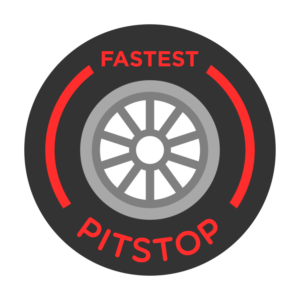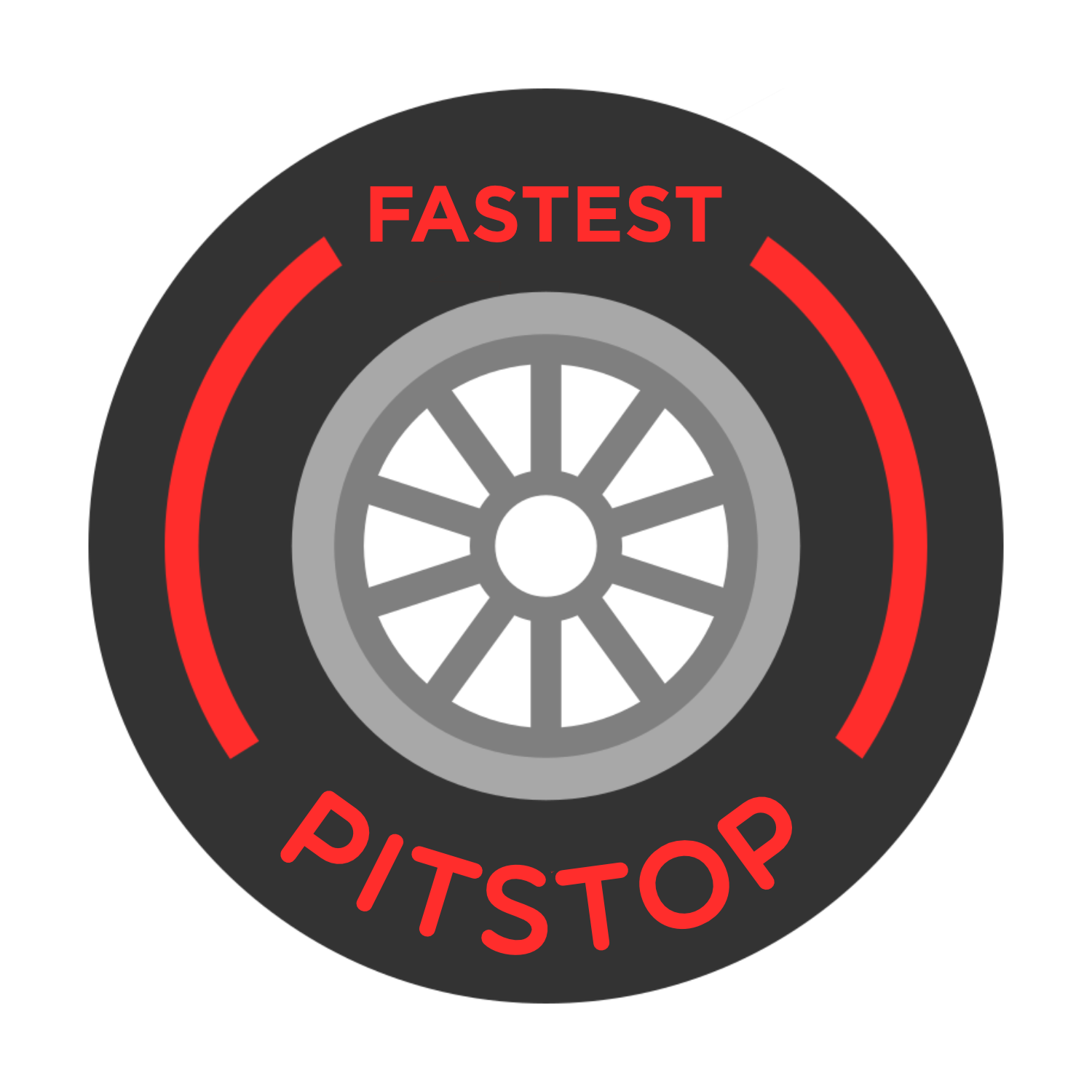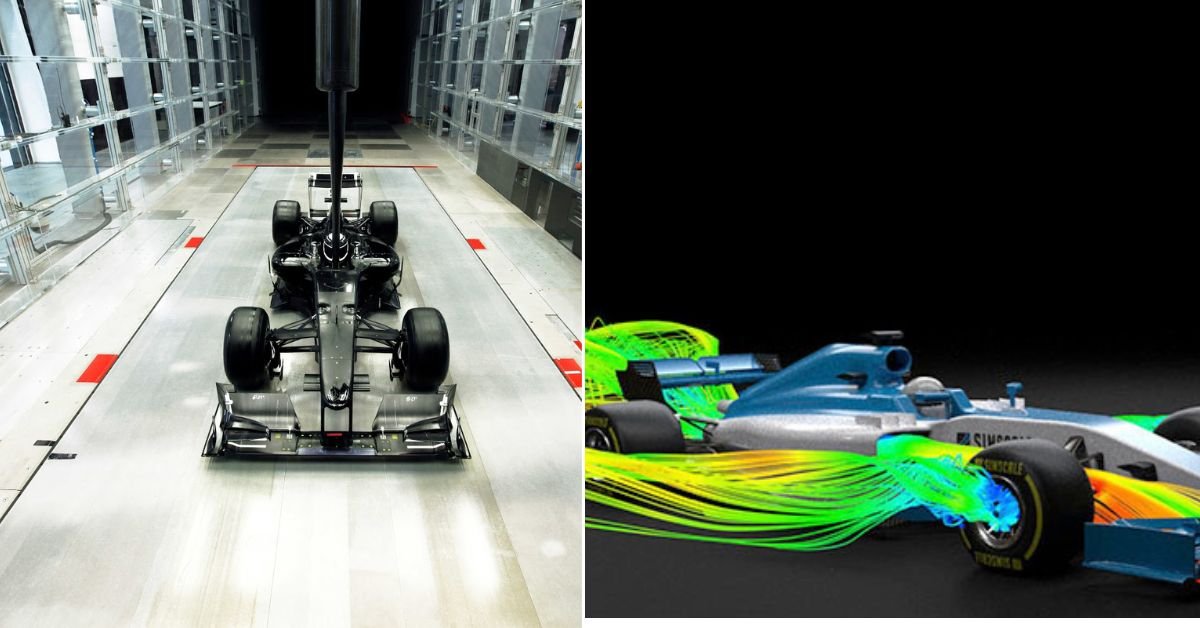F1 cars must be continuously upgraded and developed throughout the season to extract the best potential and speed. During the 2024 season, the upgrades worked for McLaren as the Papaya team became the fastest at the Miami GP. However, there’s a chance they don’t as Aston Martin found out in both the 2023 and 2024 seasons.
To help develop the car, the teams have several resources at their disposal. They each have certain time allowances to use a wind tunnel and Computational Fluid Dynamics (CFD) simulations. But what are they, and how are they used?
How does the wind tunnel help develop an F1 car?
The wind tunnel is a vital tool at the disposal of F1 teams and is seen as critical to the sport. It is used to help assess a car’s aerodynamical performance by simulating the airflow around the car at high speeds. It can also help designers with cooling and balance aspects of the cars.
As track testing time is limited to just before the season begins, the teams rely upon the data collected by the wind tunnel to produce the best upgrade package possible. It is a great way for engineers to identify if their ideas work.
Aston Martin currently uses the Mercedes wind tunnel but has ploughed in many millions to create one of their own. Team owner Lawrence Stroll has spent £150-200 million on a new wind tunnel and factory and hopes to make it a state-of-the-art component as the team welcomes Honda and design supremo Adrian Newey.
What is the CFD simulator?
The CFD simulator is another tool to help with aerodynamics. It is a computer-based tool that predicts how air will flow around the car. The CFD can help engineers identify areas of turbulence which can disrupt aerodynamic balance. It also allows teams to test other designs to create the best upgrade package.
The CFD is seen as the way forward. It is cheaper to run than the wind tunnel and takes less time. This is important in the current era of F1 with the cost cap. The need for the wind tunnel is decreasing slightly so the extra cash saved can be used on parts.












